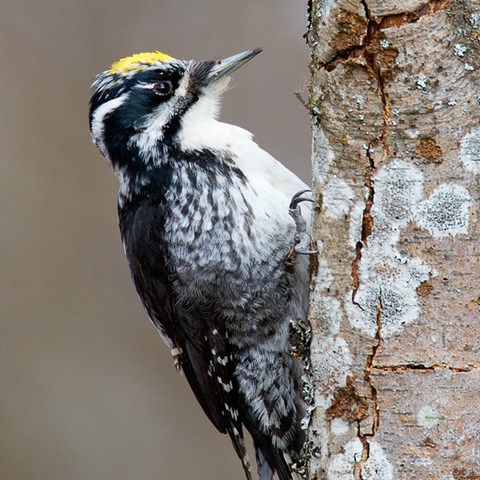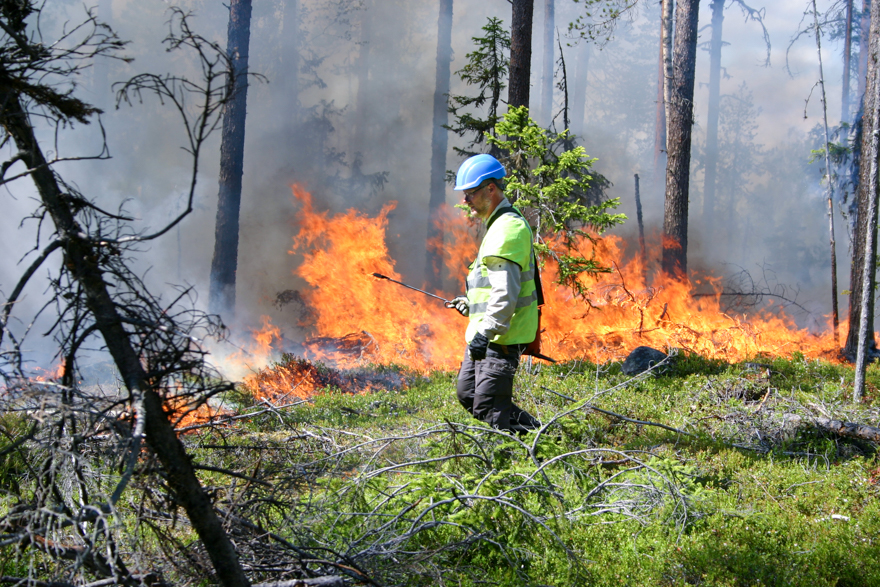Espinosa del Alba C, Hjältén J and Sjögren J. 2021. Differing field and ground layer response to ecological restoration by burning and gap cutting. Forest Ecology and Management 494: 119357. https://doi.org/10.1016/j.foreco.2021.119357
Hekkala A-M, Kärvemo S, Versluijs M, Weslien J-O, Löfroth T, Björkman C, Hjältén J. 2021. Ecological restoration for biodiversity conservation triggers response of bark beetle pests and their natural predators. Forestry 1–12. https://doi.org/10.1093/forestry/cpaa016
Versluijs, M., Eggers, S., Mikusinski, G., Roberge, J-M., Hjältén, J. 2020. Foraging ecology of Eurasian three-toed woodpecker (Picoides tridactylus) and its implications for ecological restoration and sustainable boreal forest management. Avian Conservation and Ecology 15 (1):6. https://doi.org/10.5751/ACE-01477-150106
Hägglund R, Dynesius M, Löfroth T, Olsson J, Roberge J-M and Hjältén J. 2020. Restoration measures emulating natural disturbances alter saproxylic beetle assemblages. Forest Ecology and Management 462 https://doi.org/10.1016/j.foreco.2020.117934.
Versluijs, M., Roberge, J-M., Eggers, S., Boer, J., Hjältén, J. 2019. Ecological restoration for biodiversity conservation improves habitat quality for an insectivorous passerine in boreal forests. Biological Conservation, 237: 90-96 https://doi.org/10.1016/j.biocon.2019.06.025
Versluijs M, Hjältén J, Roberge J-M. 2019. The effect of forest restoration on biodiversity indicators in boreal forests. Ecological Indicators 98:104-111. https://doi.org/10.1016/j.ecolind.2018.10.020
Hägglund R and Hjältén J. 2018. Substrate specific restoration promotes saproxylic beetle diversity in boreal forest set-asides Forest Ecology and Management 425: 45-58. https://doi.org/10.1016/j.foreco.2018.05.019
Versluijs M, Eggers S, Hjältén J, Löfroth T and Roberge J-M 2017. Ecological restoration in boreal forest modifies the structure of bird assemblages. Forest Ecology and Management 401-75-88 https://doi.org/10.1016/j.foreco.2017.06.055
Hjältén J, Hägglund R, Johansson T, Roberge J-M, Dynesius M and Olsson J. 2017. Forest restoration by burning and gap cutting yield distinct immediate effects on saproxylic beetles. Biological Conservation 26:1623-1640. DOI 10.1007/s10531-017-1321-0
Kärvemo S, Björkman C, Johansson T, Weslien J, Hjältén J. 2017. Forest restoration as a double-edged sword: the conflict between biodiversity conservation and pest control. Journal of Applied Ecology 54: 1658-1668 https://doi.org/10.1111/1365-2664.12905
Hägglund R. Hekkala A-M, Hjältén J. et al. 2015. Positives effects of ecological restoration on rare and threatened flat bugs (Heteroptera: Aradidae). Journal of Insect Conservation 19:1089–1099, https://doi.org/10.1007/s10841-015-9824-z

